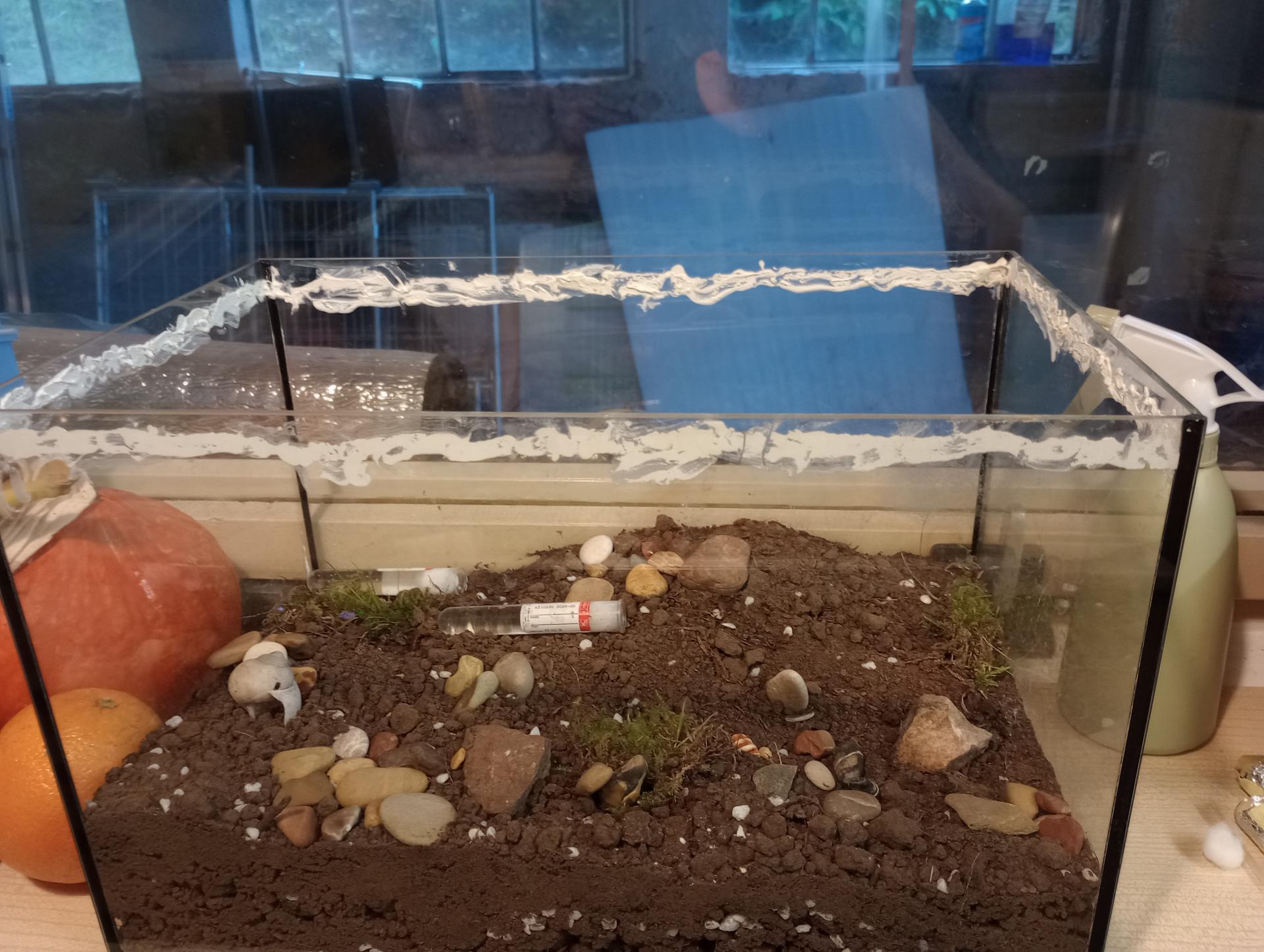I believe Stubyvast and ANTdrew are describing two different kinds of talc using barrier strategies.
Stubyvast using oil and talc would be making a yuk barrier. Where the oily mess is just a bad nasty thing to the ant to be in contact with.
This barrier's functional mechanic is to be something they would want to avoid interaction with.
ANTdrew using alcohol and talc wold be making a, can't pass barrier. The alcohol makes a slurry of the talc, but then evaporates quickly, leaving behind a talc barrier that is just barely held in place by weak forces. The ants can cling to the talc but the talc cannot cling to itself or the side wall, it just falls off along with the ant trying to climb over it.
they are leveraging very different plans to keep the ants in.
one method hopes the ants won't make it over it, because it is too yuky. They maybe get stuck in it but can't get past it and may not want to keep touching it.
the other method hopes the ants can't get past it becasue it's not stable enough to offer reliable footing, falling off if it gets enough weight put on it.
i don't have the experience to say if one is any better. But i do understand the physics of the alcohol + talc plan, and why it works.
I believe the yuk barrier plan can work too, but might not be as noticeable when it is weakening possibly.
As the dry talc falls off, the places it is getting thin can just be visually seen.
As the oil and talc dries out/is easier to walk over, i'm not sure if it would also show signs as visually obvious in advance of no longer working.
That function is part of the way the barely held on talc just works,it falls off you can see where it is thinner, so you can easily know if it needs some upkeep.
Edited by Full_Frontal_Yeti, June 21 2024 - 11:01 AM.





















